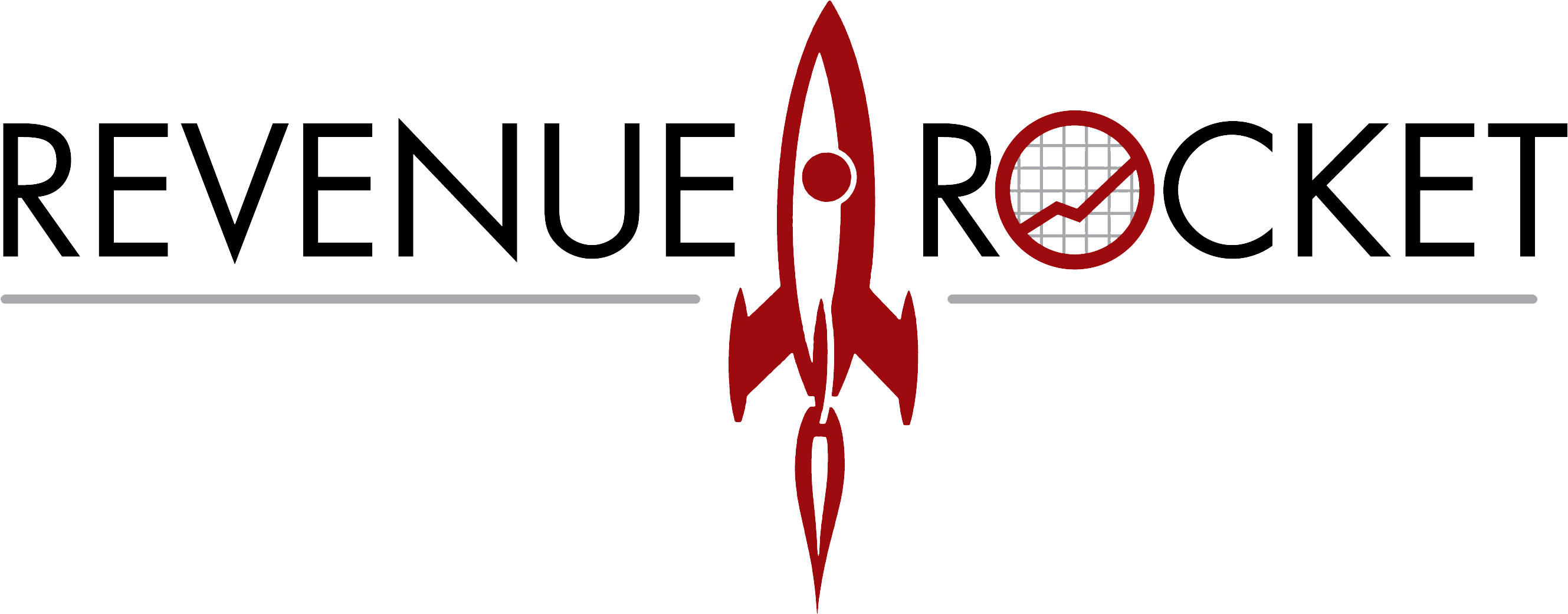21 Jan How Cloud and IP Are Changing the IT Services Market
It’s time to revise our Full Services Lifecycle Model. For those IT services executives who have been regular readers of our missives over the years, you know that in the past we recommended they embrace a Full Services Lifecycle Model for their clients, which we metaphorically expressed as a three-legged stool.
The Old Model
The offerings in this model included:
- Advisory Services: the big-picture strategy work
- Technical Consulting: the nuts and bolts of application development an implementation
- Maintenance and Support: in both infrastructure and applications
We think now is a good time to update this model in large part because of the growing importance of intellectual property (IP) to a well-rounded services offering, as well as the growing impact of the cloud, which now allows more small to midsize IT services firms to extend their reach into their customer base.
Last year I wrote that we were beginning to work with a number of IT services executives’ intent on creating and selling IP as a way to grow their businesses. What initially was a few firms dipping their toes in the IP waters is now blossoming into a tidal wave of activity, as more executives see this as the next logical stage in the constantly evolving partner ecosystem, and the path to new revenue and profitability.
The key to a successful IP offering is — as we’ve consistently counseled — to specialize in a specific segment of the market and drive to positions of No. 1 or No. 2 in that market. Having established your company as a clear leader in a specialized market gives you the experience and credibility to take a product-enabled solution that’s already 80 percent developed, and add to it the 20 percent customization that is most valuable to your customer.
What the cloud is doing for small to midsize IT services firms today is enabling these companies to become more serious contenders in outsourcing maintenance and support. Up until now this playing field was dominated by the much larger services firms with the size, staff, and reach to effectively manage maintenance and support, and reap all the profits.
The New Model
Now, with the addition of IP and the impact of the cloud, we are in a position to revise our Full Services Lifecycle Model from a three-legged stool to a four-legged stool; specifically:
- Intellectual Property Development
- Professional Services: a combination of the earlier Advisory Services and Technical Consulting
- Managed Services: maintenance and support
- Outsourcing: a logical extension of maintenance and support
This newer, broader, four-legged Full Services Lifecycle Model allows you to get deeper into your client’s business with a broader range of services that ingratiates you to the point that you generate more recurring revenue and make it tougher for a competitor to get any traction.
A few years ago we were comfortable suggesting there is no reason why at least 40 percent of your revenue shouldn’t be coming from the recurring revenue of your managed services. Now with IP implementation and management, and outsourcing maintenance and support as a managed service, we think it’s reasonable to expect that your subscription-based revenue could be in the area of 75 percent of your total revenue.
The business case for successfully implementing a four-legged Full Services Lifecycle Model is the realistic expectation of improved profitability in the short-term, and an increase in the longer-term valuation of your company. The M&A market is presently valuing IT services companies in the range of six to eight times trailing 12-month EBITDA. It’s been our experience of late that companies that have adopted this new services model have seen valuations increase to eight to 10 times trailing 12-month EBITDA.
The IT services market has always rewarded early adopters who can either get new technologies or new services faster to market than the laggards. Keeping ahead of a rolling-stone-gathers-no-moss market is the stuff on which businesses are built and sustained. This is imperative for those executives who buy into IDC’s latest report that indicates that “30 percent of the tech industry’s suppliers…will not exist as we know them today in five years because they will either fail or be acquired.”


